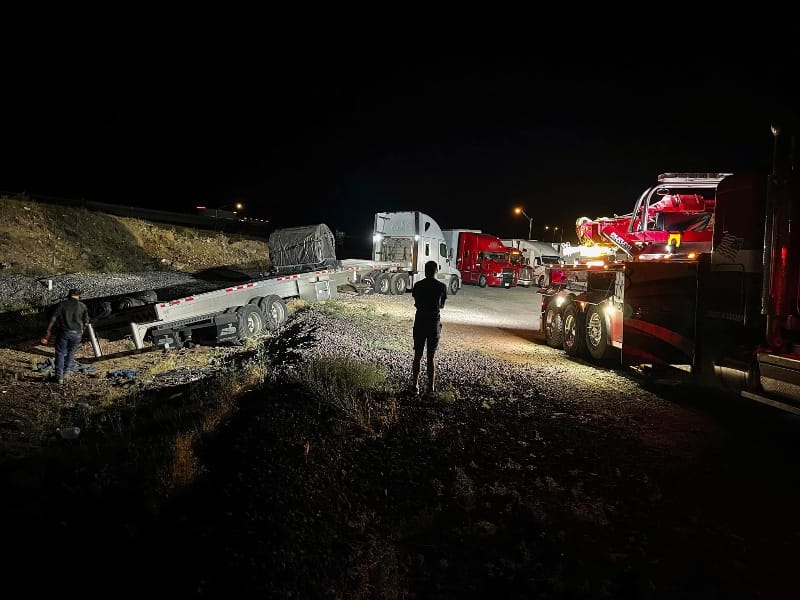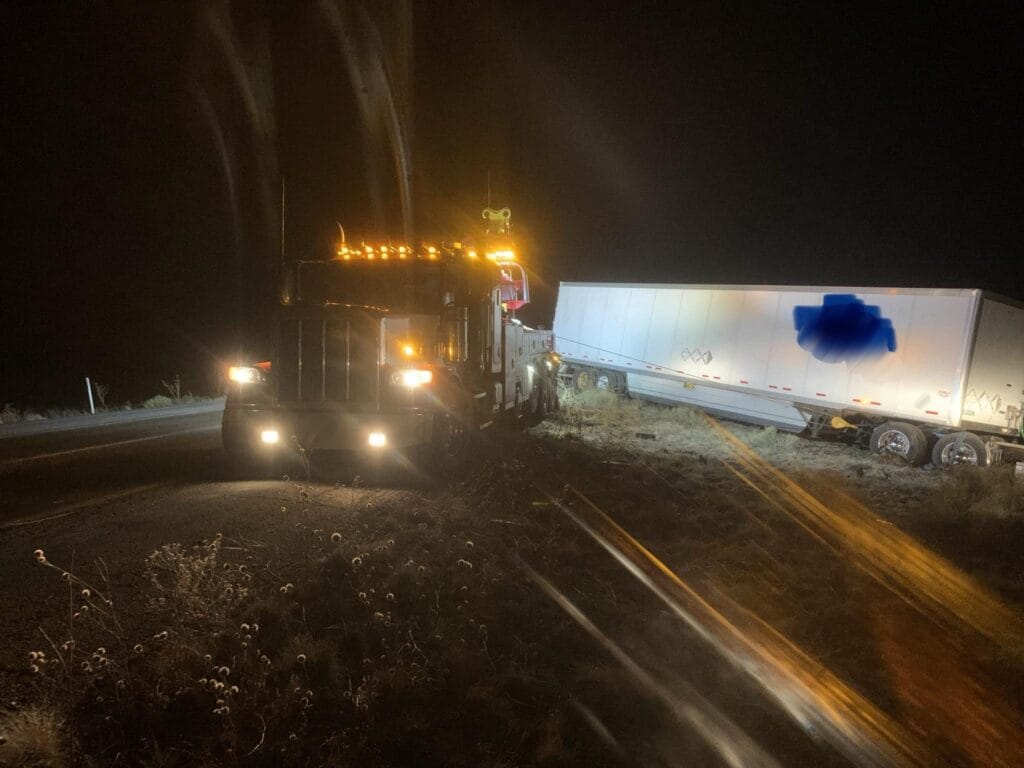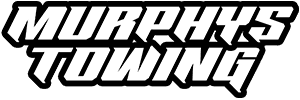Working the Night Shift
We’ve spent a lot of nights towing under the glow of our rig lights on the shoulder of I-40, downtown on Smokerise Drive, or on the historic Route 66. Night towing is its own kind of shift, one that demands a different level of focus, patience, and adaptability. The road feels longer, the headlights seem brighter, and everything gets quieter except for the work that needs to be done. Each I-40 recovery after dark brings a new story, and over time we’ve come to understand why these calls hit differently than the ones we answer during daylight hours.

Limited Visibility Changes Everything
Once the sun goes down, the rules of the road change. Even the most familiar stretches of highway take on a different character. During an I-40 recovery in the middle of the night, we can’t rely on natural light to assess the scene. Spotting fluids on the ground, debris from an accident, or even identifying the type of tow required becomes a challenge in the dark.
Our visibility is reduced and so is that of the motorists passing by. That means we have to:
- Use high-powered scene lighting to set up a safe perimeter.
- Wear high-visibility gear that reflects the light from oncoming traffic.
- Take extra care to double-check all hook-up points and securements.
One wrong move at night can mean big consequences. That’s why we slow down, stay sharp, and trust our process.
Fatigue Makes Mistakes More Likely
Working through the night wears on the body in ways that daytime shifts just don’t. When most folks are sleeping, we’re gearing up for an I-40 recovery that might keep us out until sunrise. Fatigue becomes a factor not just for us, but for every driver out there.
We’ve learned to read our limits, take breaks when needed, and stay hydrated. We make sure no one on our team burns out. Still, there’s something about a 2 a.m. call that makes you double-check every strap, every light, every winch. It’s about respect, for the work, for safety, and for the people counting on us to get the job done right.
Traffic Isn’t Gone, It’s Just Different
You might think traffic dies down at night, and in some ways it does. But what’s left behind is a different kind of danger. During an I-40 recovery in the early morning hours, we see more impaired drivers, speeders, and truckers trying to make up lost time. Visibility is lower. Tiredness sets in. Focus wanes. There’s less congestion but more unpredictability.
We position our trucks strategically to shield the recovery area. We use cones, flares, and flashing lights to mark our presence well in advance. And we keep constant radio contact, especially on curves or low-visibility stretches of the highway. Night work has taught us that just because there are fewer vehicles doesn’t mean we can ever let our guard down.

Murphys Towing Is your Expert in I-40 Recovery. Day or Night.
Every I-40 recovery we at Murphys Towing respond to after dark demands a higher level of attention to detail, safety, and teamwork. Night towing is a test of readiness, trust, and experience.
We’ve handled blowouts in pitch black, winched overturned rigs under moonlight, and stood guard on icy shoulders with only our beacon lights and each other. That’s why we say night towing hits different. It brings out the best in our training, the strength of our crew, and the heart of what we do at Murphys Towing.
No matter the hour, if you’re stuck and need our I-40 recovery team’s help, we’re up, we’re ready, and we’ve got your back.
